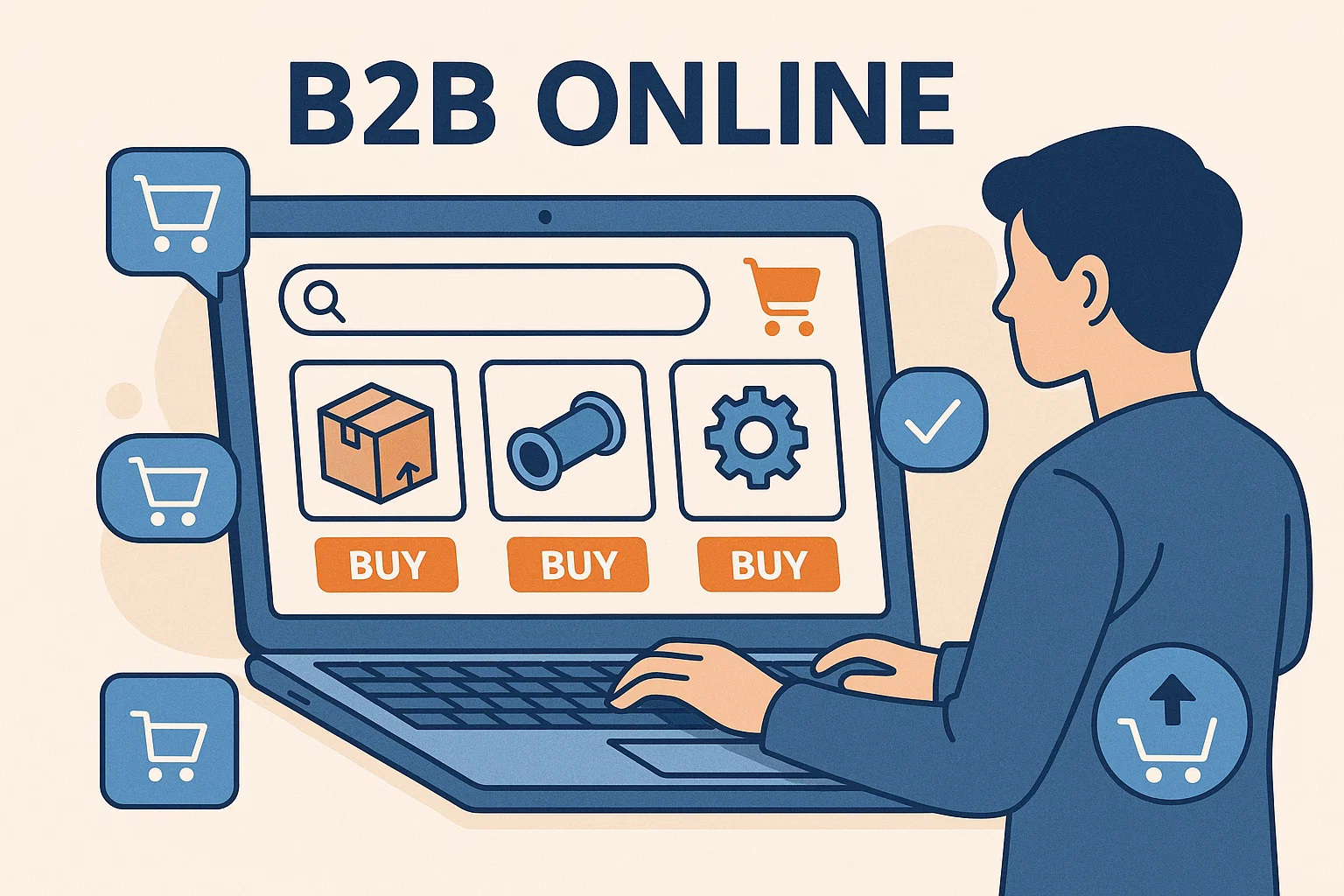B2B Online Marketing Strategy: A Complete Guide for 2025

In today’s digital age, B2B online marketing is not just about promoting products—it's about building trust, generating qualified leads, and fostering long-term relationships. Whether you're a startup or an established enterprise, crafting a well-structured B2B online marketing strategy can drive meaningful growth for your business.
Understanding the B2B Buyer Journey
Unlike B2C buyers, B2B decision-makers are logical, research-driven, and focused on ROI. A successful online marketing strategy must address each stage of the buyer journey:
-
Awareness Stage: Potential clients realize they have a problem.
-
Consideration Stage: They begin researching solutions and vendors.
-
Decision Stage: They evaluate options and make a purchase decision.
Each phase requires different types of content and engagement strategies.
Develop a Strong B2B Brand Presence
Before diving into lead generation, your brand must be visible, professional, and trustworthy online. This includes:
-
A clean, mobile-responsive website.
-
Clear value proposition and messaging.
-
Active presence on LinkedIn and industry platforms.
-
Professional logos, visuals, and brand voice.
Your digital footprint should reflect expertise and authority in your niche.
Optimize Your Website for Conversions
Your website should serve as your top-performing salesperson. Key areas to focus on:
-
Clear CTAs (Call-to-Actions) like "Get a Quote", "Download Brochure", or "Schedule a Demo".
-
Fast-loading pages with SEO-optimized content.
-
Live chat and easy navigation for users.
-
Case studies, testimonials, and whitepapers to build credibility.
A B2B website should guide the user toward the next step in the funnel.
Invest in Content Marketing
Content is the core of any successful online strategy. Your business must educate, inform, and guide prospects with:
-
Blogs on industry challenges and solutions.
-
E-books and whitepapers for deeper insights.
-
Video explainers, interviews, and product demos.
-
Case studies that demonstrate your real-world value.
-
Webinars that provide live interaction and learning.
Focus on solving pain points and positioning your product as the answer.
Master Search Engine Optimization
Organic traffic is one of the most sustainable lead generation tools in B2B. Use SEO to attract prospects actively searching for your services:
-
Identify high-intent B2B keywords.
-
Create pillar pages and supporting blog content.
-
Optimize title tags, headers, URLs, and images.
-
Build backlinks from industry websites and publications.
A solid SEO strategy builds authority, trust, and long-term visibility.
Use Email Marketing for Nurturing Leads
Email is a powerful channel to nurture leads and build relationships. Effective tactics include:
-
Sending personalized email sequences.
-
Sharing industry news, product updates, and tips.
-
Offering gated content like reports or event invites.
-
Segmenting audiences based on interests or behaviors.
Drip campaigns help you stay top-of-mind and increase engagement.
Leverage LinkedIn for B2B Engagement
LinkedIn is the most powerful social platform for B2B marketing. Your strategy should include:
-
Personal branding for leadership and sales teams.
-
Publishing thought leadership articles.
-
Running LinkedIn Ads targeting job roles and industries.
-
Participating in relevant groups and discussions.
LinkedIn allows direct access to decision-makers in your target market.
Run Targeted B2B Ad Campaigns
Paid advertising helps you quickly reach new prospects. Effective channels include:
-
Google Ads (Search & Display) for keyword targeting.
-
LinkedIn Ads for job title and company targeting.
-
Retargeting Ads to bring visitors back.
-
Sponsored Content on niche platforms.
Track ROAS (Return on Ad Spend) and optimize based on conversions, not clicks.
Use Account-Based Marketing (ABM)
ABM allows you to target specific high-value companies rather than casting a wide net. This involves:
-
Identifying key accounts and decision-makers.
-
Personalizing outreach, content, and offers.
-
Using tools like HubSpot, Demandbase, or ZoomInfo.
-
Coordinating sales and marketing teams closely.
ABM is ideal for B2B businesses targeting large clients with long sales cycles.
Analyze, Adjust, and Scale
No strategy is complete without ongoing analysis and optimization. Use metrics such as:
-
Website conversion rates.
-
Email open and click-through rates.
-
Cost per lead (CPL) and customer acquisition cost (CAC).
-
ROI from paid and organic campaigns.
Adjust your efforts based on performance insights and feedback.
Conclusion
An effective B2B online marketing strategy isn’t built overnight—it evolves through data, creativity, and a deep understanding of your audience. From SEO and content to LinkedIn and email marketing, every channel should be part of a coordinated effort to attract, convert, and retain business clients.
Stay consistent, test new ideas, and always focus on delivering value. In the B2B world, trust and knowledge are the currencies of success.








